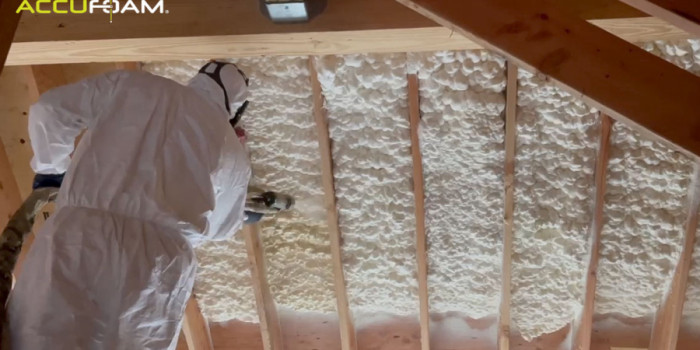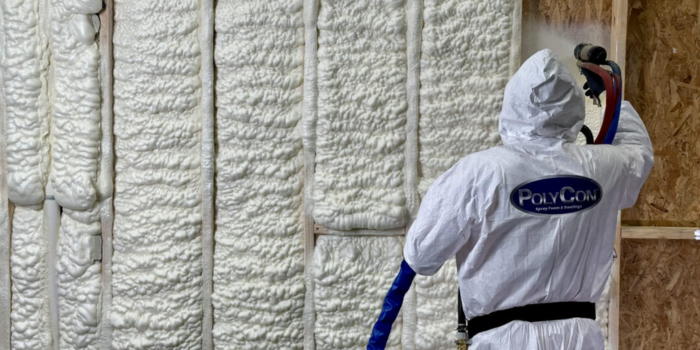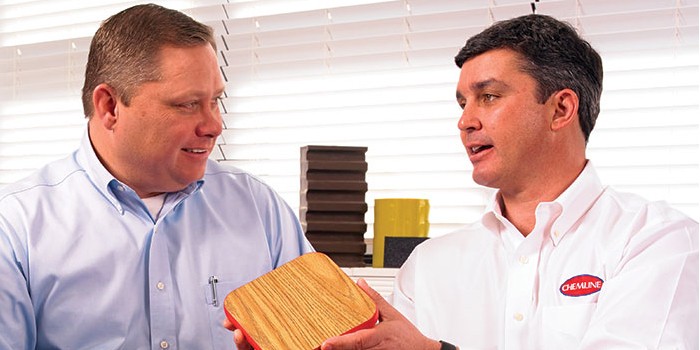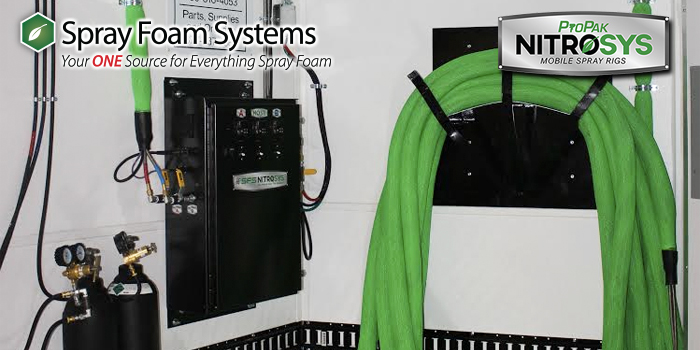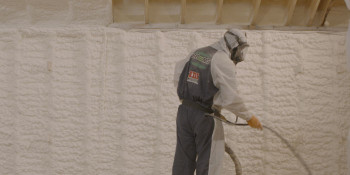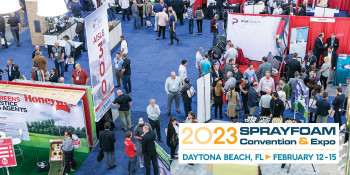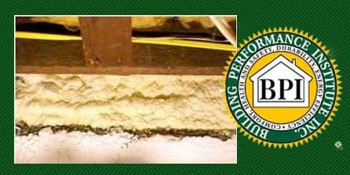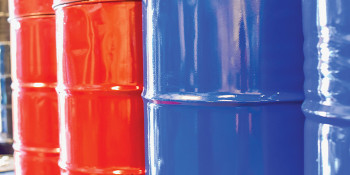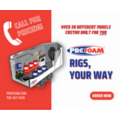Loud & Proud


Spray Foam Magazine – Late Summer 2022 – When the pandemic hit, the plug was pulled on much-loved music festivals across the world. However, those festival lovers can slap on the sunscreen and pull on those wellington boots as the summer of 2022 witnesses the return of the music festival.
Famous British festivals, such as Glastonbury, brought in a crowd of more than 200,000 this year. The Spray Foam Magazine Team (SFMT) heard reverb about a company whose foam is set to take center stage, when it comes to making the sound at music festivals clear to the ear no matter where spectators are listening from.
Like the spray foam industry is with SPF, Technical Foam Services (TFS) takes foam incredibly seriously, with over 20 years of experience in foam and rubber. SFMT decided to find out more about the evolution of foam within speakers, so began a journey across the Atlantic to chat with TFS. Together, we looked back through the decades of landmark festival moments, and how polyurethane foam in speakers has developed into what it is today.
Technical Foam Services Ltd (TFS) was formed in 1989 and has been owned by Duncan Geddes for the past 15 years. It has steadily grown to fill a 40,000 sq. ft. factory full of specialist equipment and stock, and it is now recognized as the market leader in the specialist foam industry.
In 2021, TFS was acquired by The Vita Group, Europe’s leading flexible foam solutions provider, and this meant an expansion of its offerings coupled with a formal partnership with nearby Custom Foams, a place Duncan describes as “where it all started” for his career in foam 35 years ago. TFS now distributes internationally, including to the U.S.

Many polyurethane pieces are strategically placed inside the speaker to help prevent the reverberations of the sound inside the speaker, ensuring that the emitted sound is of the highest quality.
Audio foam has played an essential role in speaker development since the 1970s, when speaker front foam was introduced to help keep the speakers free from dust and other small particles. Geddes elaborated on the use of polyurethane foam within speaker tech: “Polyurethane foam is used within speakers heard at music festivals. The first application is on the front face of the speaker, often referred to as ‘speaker front foam.’ The second application is inside the speaker, often referred to as ‘speaker absorbing foam.’”

Speaker front foam is used to prevent dust and particles from getting into the speaker, as – especially within outdoor environments such as festivals – there can be a real risk of contamination. For example, small insects, flies etc., are often a hazard that can impact negatively on performance. Furthermore, as speaker foam is a resilient material, it provides a protection barrier from larger items such as cans, bottles, and general litter which are very much commonplace at festivals.
As the sound level at festivals is so high, many polyurethane pieces are strategically placed inside the speaker to help prevent the reverberations of the sound inside the speaker, ensuring that the emitted sound is of the highest quality.
There are obvious distinctions between spray polyurethane foam and the acoustic foam supplied by TFS. “The TFS foam is produced in large blocks, often up to sixty cubic meters at a time. It is then converted into finished products,” says Geddes, who goes on to say, “The natural cell structure of the TFS foam in block form is open-cell, which gives it sound and heat absorbing properties.
Spray polyurethane foam closed-cell is used for sealing gaps because it fills any size/shape void and cures in-position, whereas TFS foam is cut to shape.”
Technology advancements in music and foam in the last few decades have changed how the listener creates and experiences music. From the iPod and lossless streaming to live music, the summer festival season sees thousands of music lovers across the globe enjoying the music.
However, getting the sound from the stage to their ears is not easy, and that’s where foam comes into play.
The Beatles famously quit touring in 1966, with one of the main reasons being their inability to hear themselves play due to the quality of amplification available for outdoor events. In many cases, the band resorted to playing through the existing PA system at sports venues during their U.S. tour.
Jump forward four decades, and outdoor shows and festivals have grown in popularity once more. Thankfully, technology progressed with advancements such as the main stage array first appearing in the 1980s. Modern systems like Martin Audio’s Multi-Cellular Loudspeaker Array (MLA) can manage the sound so that noise pollution is limited, while fans on the site enjoy the loudest, highest quality experience.
Looking back at Glastonbury 2022, it may well be seen as another turning point in the improvements of outdoor sound systems. What better way to promote this than going full circle and having one of the remaining Beatles, Paul McCartney, headlining in front of over 200,000 people?

TFS has generally specialized in producing smaller components made from foam, such as polishing pads or medical filters, whereas Custom Foams have focused on block converting for technical applications. These two factories work in perfect harmony to ensure an all-encompassing product offering.

There are 292 speakers and 354 microphones at Glastonbury 2022. At every festival, there will be a large amount of sound absorbing foam or sound transparent foam, which really enhances the quality of the music. Festival goers probably won’t even think about this, but without foam at their festival, the experience wouldn’t be as good!
For reference, this is close to ten times more people than saw him perform at The Beatles’ final live concert at Candlestick Park.
Companies like TFS create custom acoustic foam solutions for any industrial application. With their in-house engineering department, they deal with both small and large-scale construction projects, and can manufacture a bespoke product for specific acoustic needs. For example, TFS’ state-of-the art UK facilities can produce Hi-Fi speaker foam goods in almost any shape or size, from the smallest of portable goods to large surround sound systems. With a high-performance acoustic foam application within large festival speakers, polyurethane foam proves once again that it can deliver a quality result, and that’s music to everyone’s ears.
For more information on the changing sound of festivals, click here.
Disqus website name not provided.






